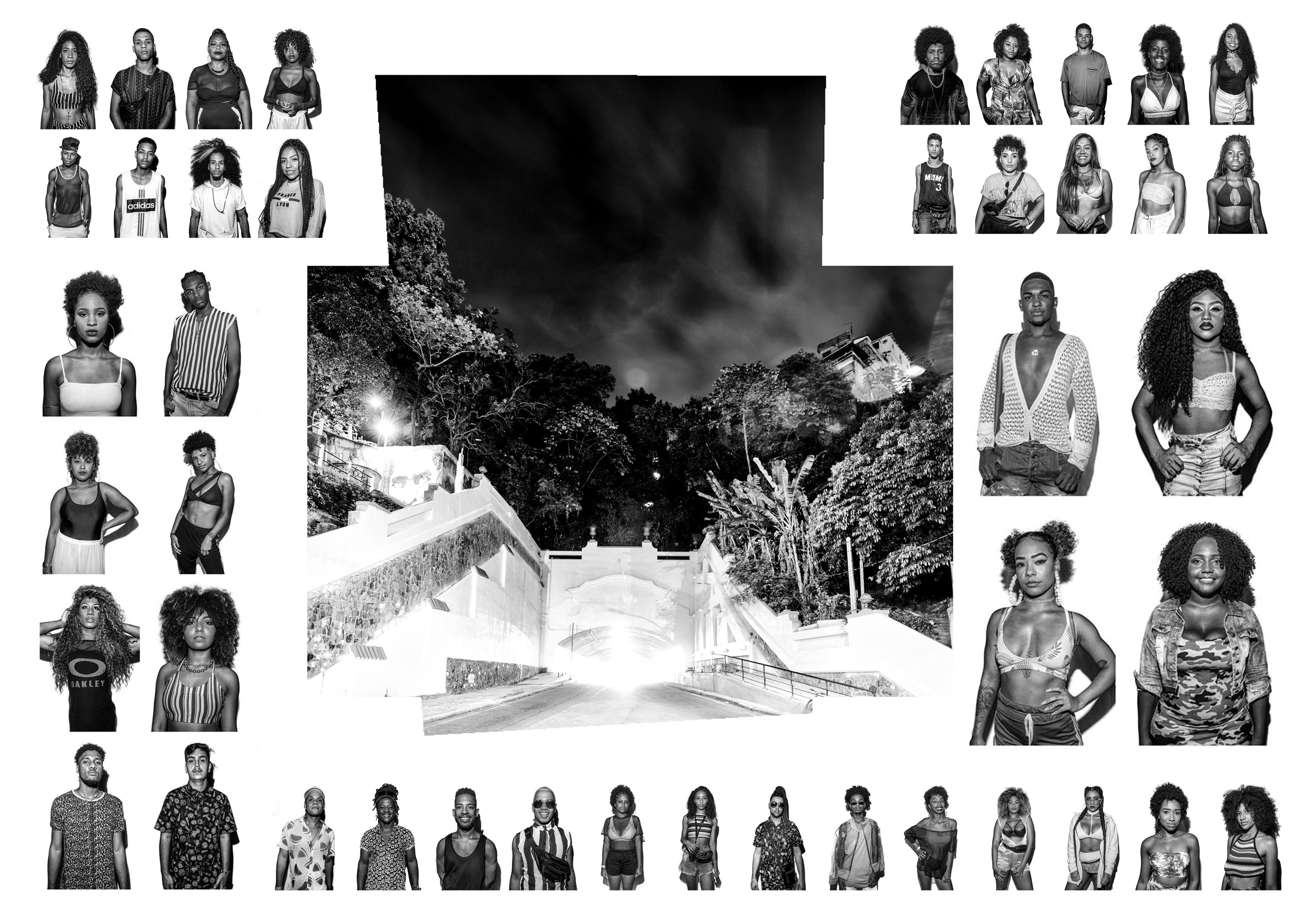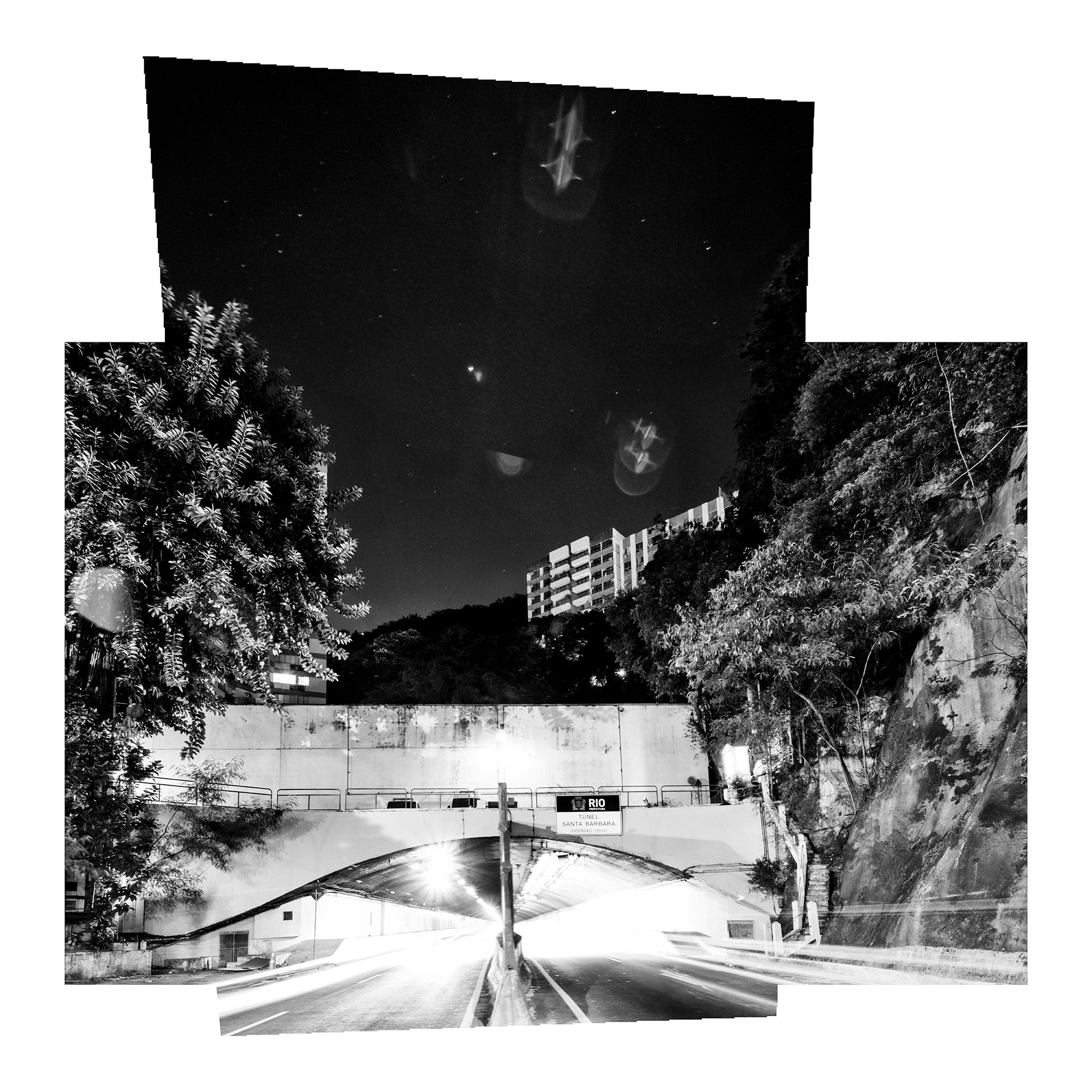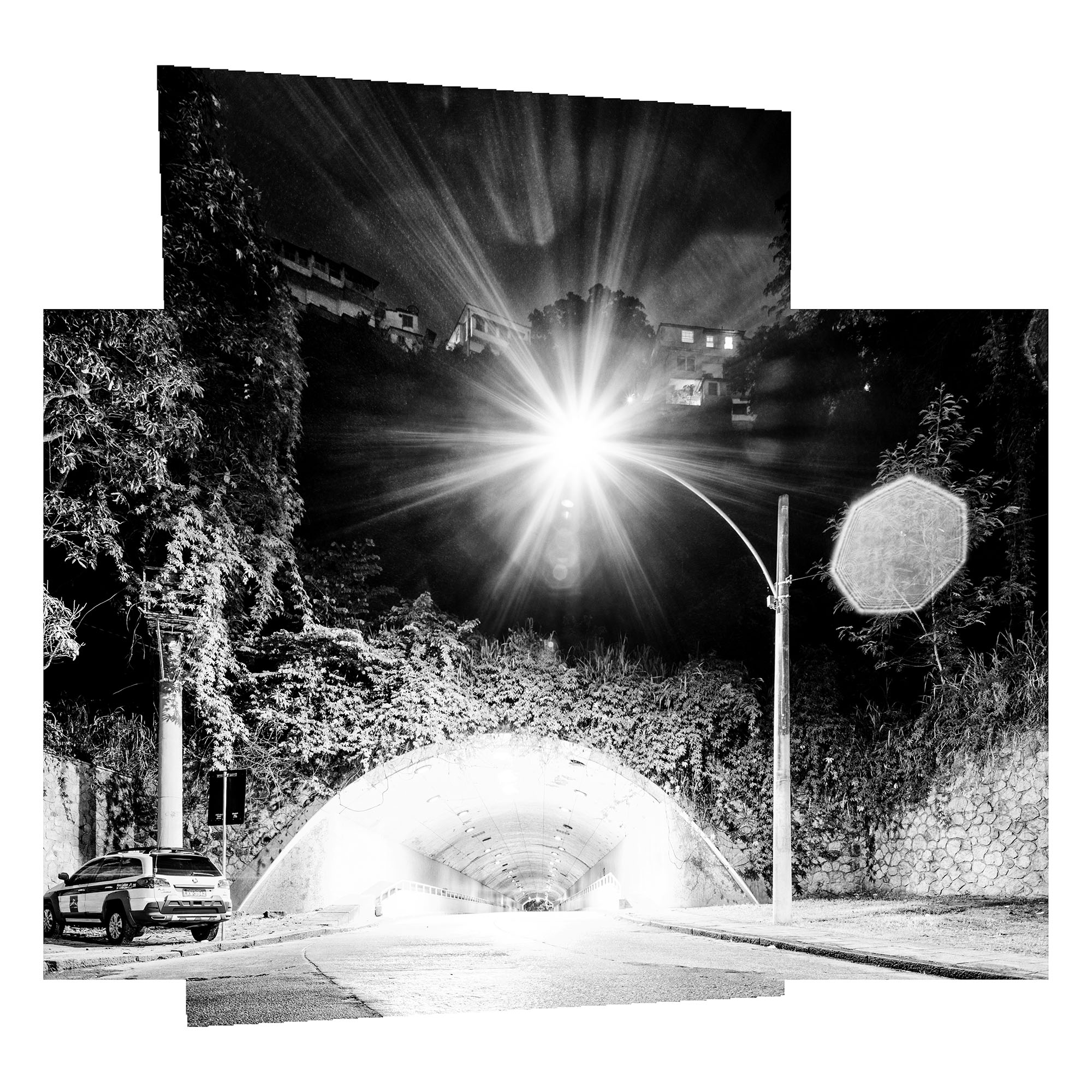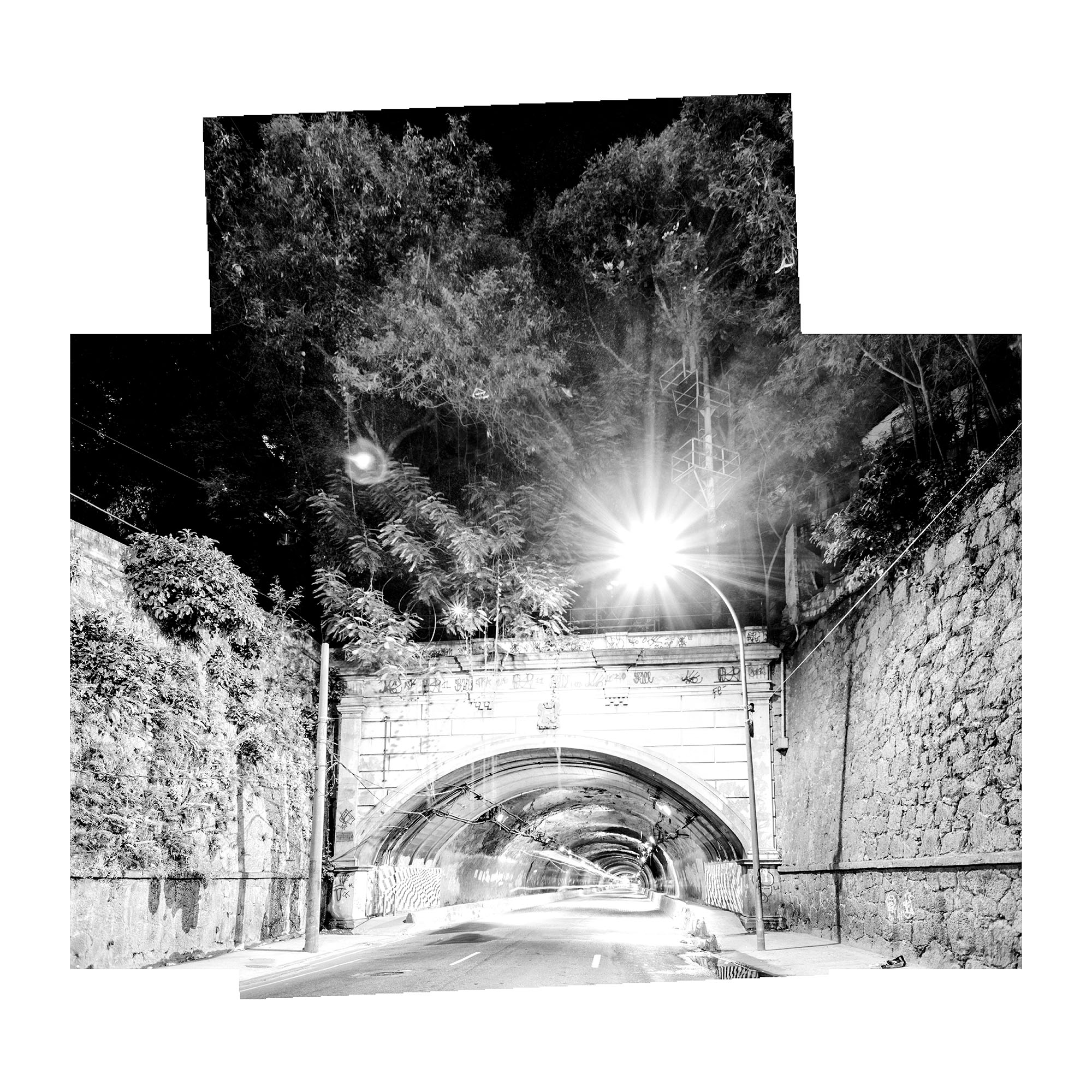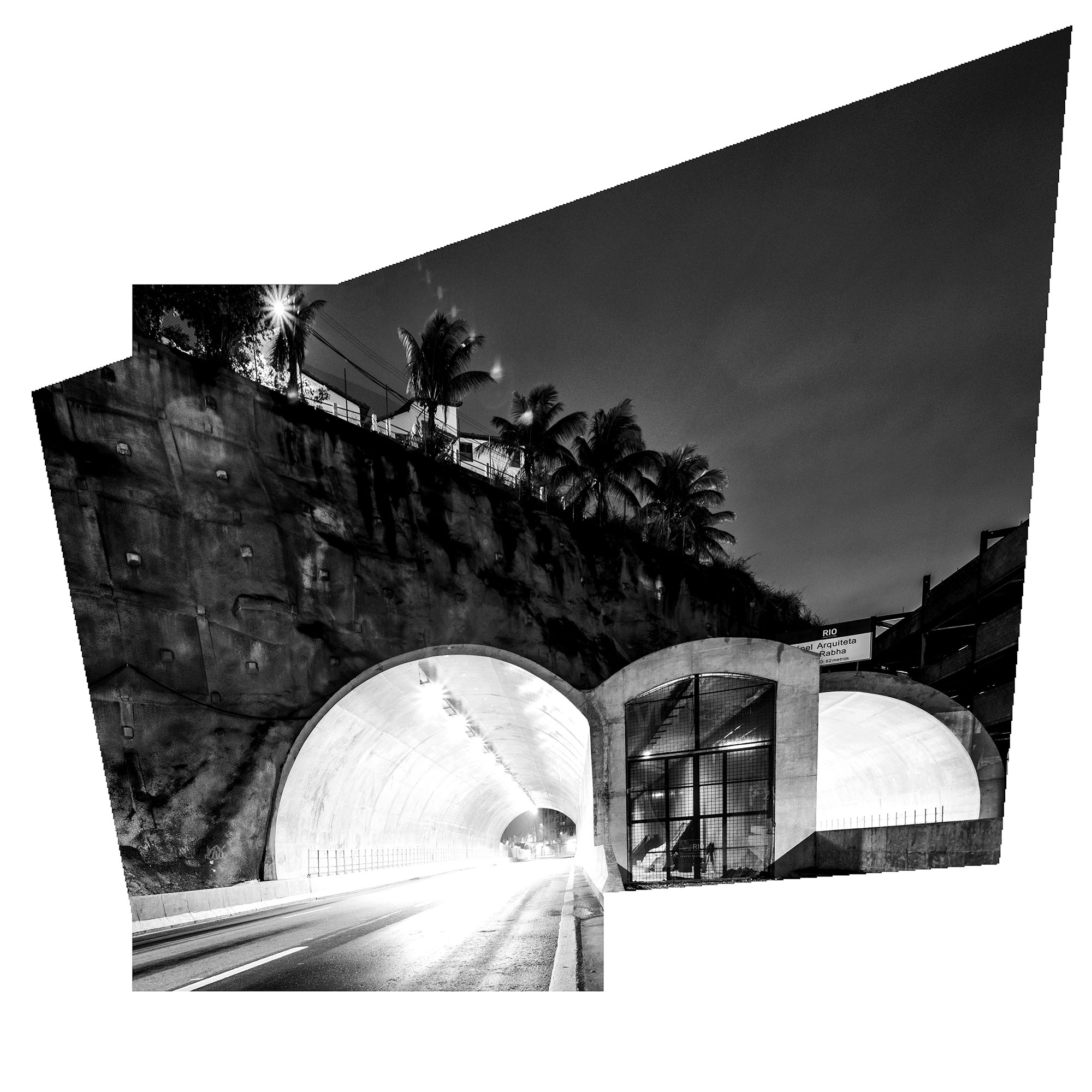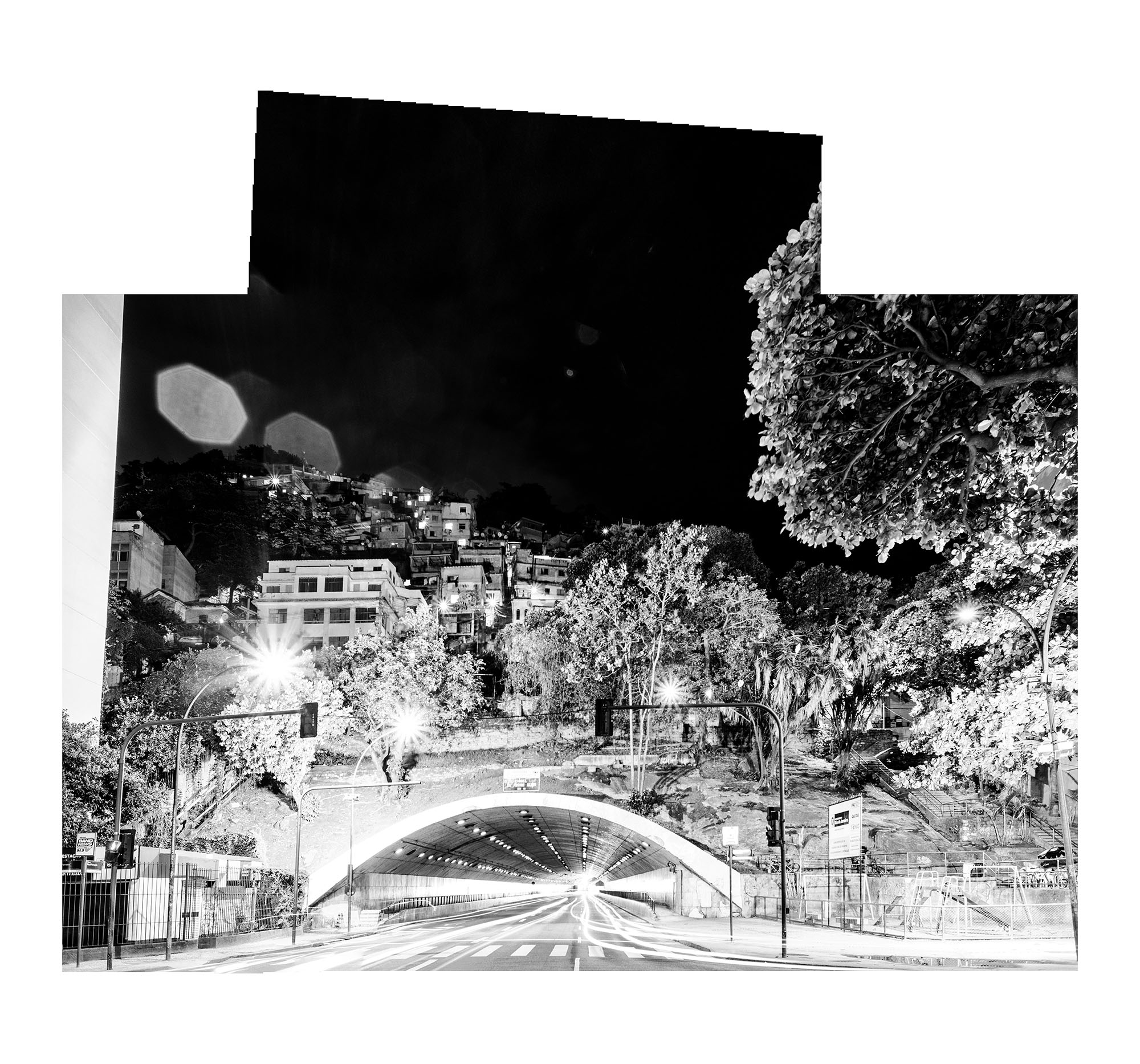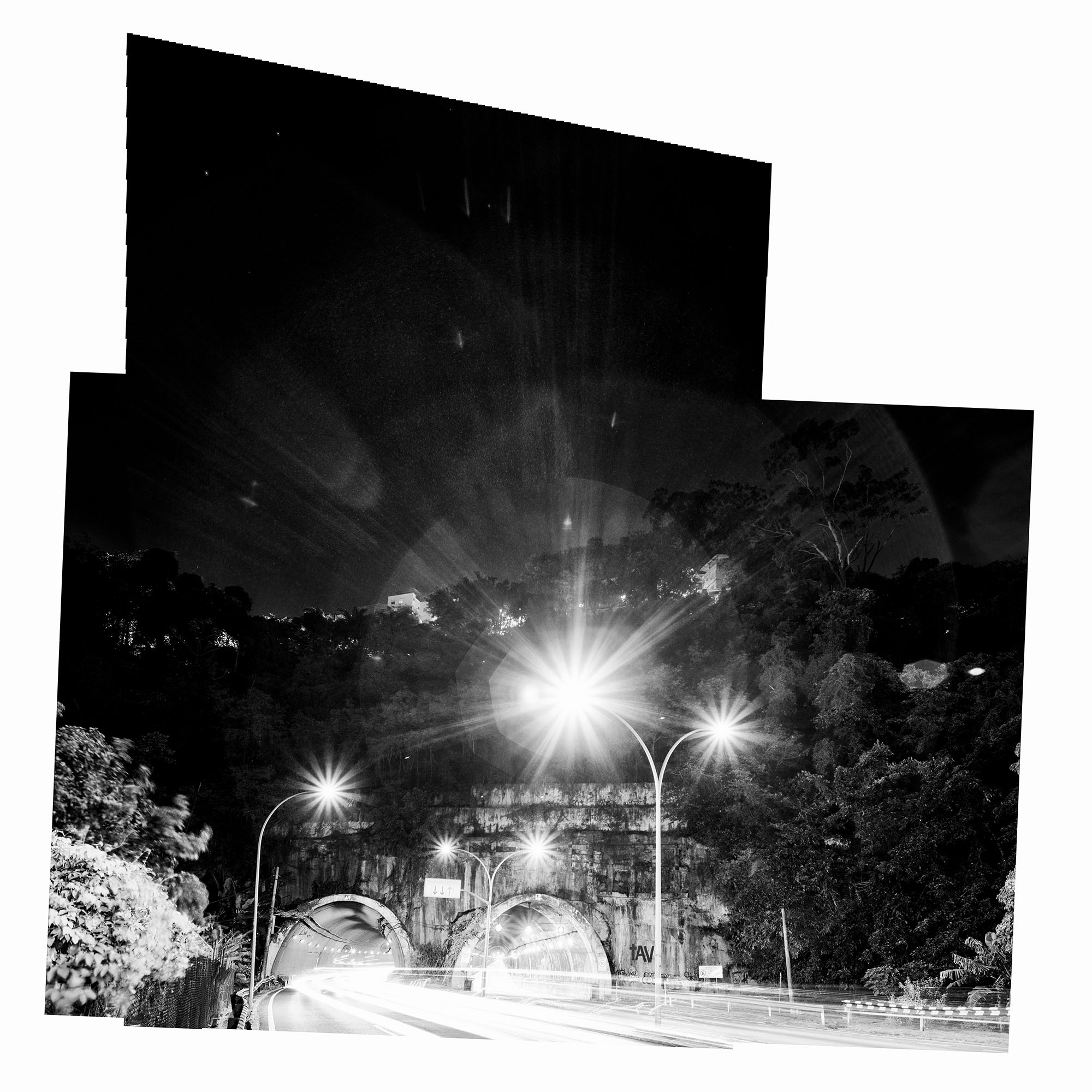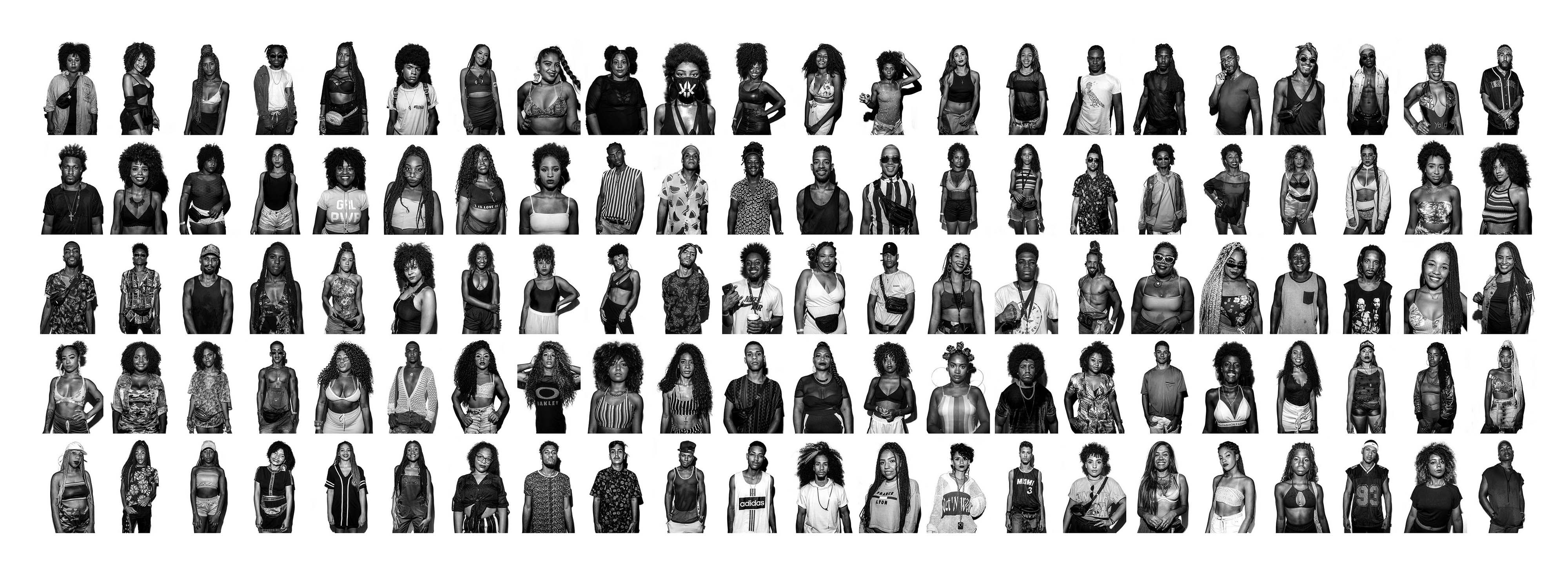Civil Possibilties (CITIZENS)
The famous ocean sides neighborhoods of Rio de Janeiro’s South Zone are known the world over and are the picture postcards of the city if not the country as a whole. About 35 kilometers inland, in the North Zone, the neighborhood of Bento Ribeiro is one of the hottest areas in the city. Decidedly working class, there is no ocean breeze or tourism to be found here, though most attention has been given to the urban development along the beaches the so called suburbs have a long history as a cultural incubator since they were populated after the construction of the first train line in the mid 19th century. The Yolo Love parties that happen here in indoor/outdoor spaces a few times a year are testament of a still vibrant scene of youth culture and creativity.
Despite the tiny bikinis seen on the beaches of Rio de Janeiro the culture of the rich, “white” South Zone is inherently conservative and conformist with a eurocentric view of representation. The codes of the upper middle class are similar to the northern hemisphere, men proudly wear tops with a small polo players and the kind of slacks that go with them to show off their status, while there is a certain kind of ubiquitous flowing dress seen on many women.
In the North Zone the picture is another, what used to be farms and farmland two centuries ago became part of the city with the arrival of the first train line. These new working class neighborhoods with their strong african heritage have historically played an important part in the creation of brazilian culture. Those, somewhat misleadingly called, suburbs with their population descendant mostly from african slaves were instrumental in the invention and evolution of Samba, the samba schools and the “national dish” feijoada.
More recently North American musical influence brought hip-hop and R&B which locally developed into funk and charme, the Baile de Madureira being the most well known black music party in the city.
The smaller and a bit further off Yolo Love event brings together a diverse crowd from the surrounding neighborhoods and is held only very sporadically, but seeing pictures online of the event caught my eye and i started thinking about how i could create pictures of the guests, being myself generally ambivalent about documentary photography and its somewhat intrusive manner. I wanted to get the “internal” energy and joy of the people during the party, not the cliche party pictures full of color and sweat, the solution was to set up a white background as close as possible to the dancefloor and isolate the person on the solid background. Unlike pre-event or red carpet pictures which are programmed and expected by the sitter, the situation was much more improvised and spontaneous, needless to say the crowd was already dressed and made up for a party to express themselves and gladly playing their part though looking sometimes suspiciously back at the lens.
Though feeling a bit of an intruder the reception was amazing and after some conversation explaining the project it also became clear that the barrier from those neighborhoods to the south zone (where i also reside) are as much psychological as topological. I was teaching photography at the Escola Visual de Parque Lage which is situated in a wonderful park and old mansion, which is also somewhat of a tourist attraction, upon mentioning this, i was told that they always wanted to visit but were insecure about going. This barrier, which i guess also exists between countryside and city everywhere, made me also think about the topological barriers between the different parts of Rio de Janeiro, the city known for the dramatic hills along the famous beaches. Rio has a total of 28 tunnels connecting different parts of town, the oldest closer to the old center of town built in 1887. Though they certainly helped speeding up connection between neighborhoods, the hills are still “significant barriers” between low and high income neighborhoods in this city.
The mainstream representation of the poorer parts of society in Rio focus mainly on the favelas and violence, these semi-formal portraits aim to focus on those young residents of those suburbs who are usually left out of the local canon of visual representation on TV, the visual arts and the news media.
Possibilidades Civis (Cidadãos)
Os famosos bairros à beira-mar da Zona Sul de Rio de Janeiro são conhecidos no mundo todo e são os cartões-postais da cidade, senão do país enteiro. A cerca de 35 quilômetros no suburbio da cidade, o bairro de Bento Ribeiro é uma das áreas qua faz mais calor na cidade. Decididamente classe trabalhadora, não há brisa marítima nem turismo por aqui, mas esta parte da cidade tem uma longa história como incubadora cultural desde que foi fundado após a construção da primeira linha de trem em meados do século XIX. As festas Yolo Love que acontecem aqui em espaços interiores / exteriores algumas vezes por ano são o testemunho de um cenário ainda vibrante de cultura jovem e criativo.
Apesar dos minúsculos biquínis vistos nas praias do Rio de Janeiro, a cultura dos ricos, a Zona Sul “branca” é geralmente conservadora e conformista com uma visão eurocêntrica de representação. Os códigos da classe média alta são semelhantes aos do hemisfério norte, os homens orgulhosamente usam tops com um pequeno jogador de pólo e o tipo de calça que vai com eles para mostrar seu status, enquanto há um certo tipo de vestido esvoaçante onipresente visto em muitas mulheres.
Na Zona Norte o scenario é outro, o que antes eram fazendas há dois séculos passado mudo com a chegada da primeira linha de trem. Esses novos bairros populares com sua forte herança africana têm historicamente desempenhado um papel importante na criação da cultura brasileira. Esses, um tanto enganosamente em sentido original da palavra, chamados, subúrbios com sua população descendente principalmente de escravos africanos foram fundamentais na invenção e evolução do samba, das escolas de samba e da feijoada “prato nacional do Brasil”.
Mais recentemente, a influência musical norte-americana trouxe o hip-hop e o R&B que localmente se desenvolveram no funk e charme, sendo a Baile de Madureira a festa de black music mais conhecida da cidade. O evento menor e um pouco mais distante Yolo Love reúne um público diversificado dos bairros vizinhos e é realizado apenas de forma esporádica, mas ver as fotos online do evento me chamou a atenção e comecei a pensar em como poderia criar fotos dos convidados, sendo eu mesmo geralmente ambivalente sobre a fotografia documental e sua maneira um tanto intrusiva. Eu queria pegar a energia “interna” e a alegria das pessoas durante a festa, não as fotos clichês da festa cheias de cor e suor, a solução foi colocar um fundo branco o mais próximo possível da pista de dança e isolar a pessoa em frente de um fundo sólido. Ao contrário das fotos do pré-evento ou do tapete vermelho que são programadas e esperadas pelo modelo, a situação foi muito mais improvisada e espontânea, nem é preciso dizer que a multidão já estava vestida e maquiada para uma festa para se expressar e alegremente fazer seu papel embora olhando às vezes, de forma suspeita, de volta à lente.
Apesar de me sentir um pouco intruso a recepção foi fantástica e depois de alguma conversa explicando o projeto também ficou claro que a barreira desses bairros para a zona sul (onde também resido) é tanto psicológica quanto topológica. Lecionava fotografia na Escola Visual de Parque Lage que fica num parque maravilhoso e casarão antigo, que também é uma espécie de atração turística, ao citar isso me disseram que eles sempre quiseram visitar, mas estavam inseguros em ir. Essa barreira, que acho que também existe entre o campo e a cidade em todos os lugares, me fez pensar também nas barreiras topológicas entre as diferentes partes do Rio de Janeiro, cidade conhecida pelos morros dramáticos ao longo de suas famosas praias. O Rio tem um total de 28 túneis conectando diferentes partes da cidade, o mais antigo próximo ao centro antigo da cidade construído em 1887. Embora eles certamente ajudassem a acelerar a conexão entre os bairros, os morros ainda são “barreiras significativas” entre bairros de baixa e alta renda nesta cidade.
A representação dominante das partes mais pobres da sociedade no Rio enfoca principalmente as favelas e a violência. Esses retratos semi-formais visam enfocar os jovens residentes desses subúrbios que geralmente são deixados de fora do cânone local de representação visual na TV, o artes visuais e mídia jornalística.
